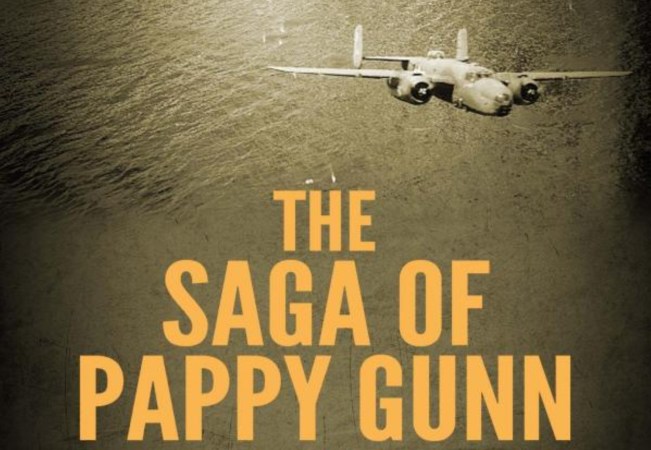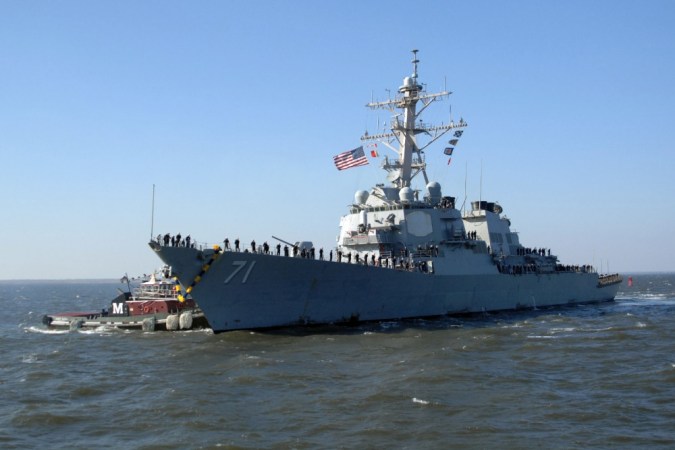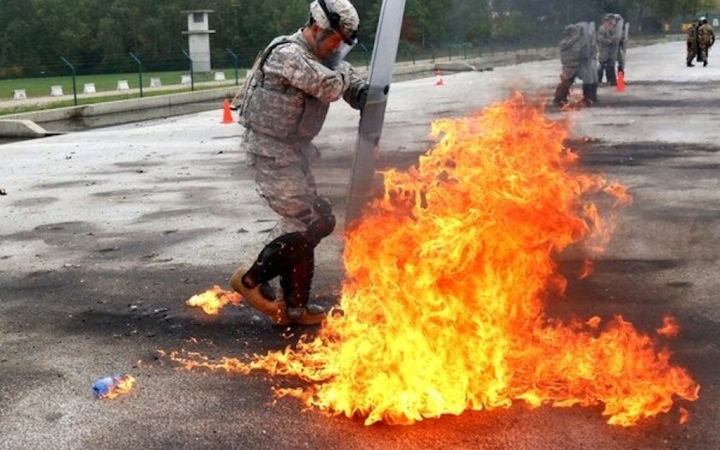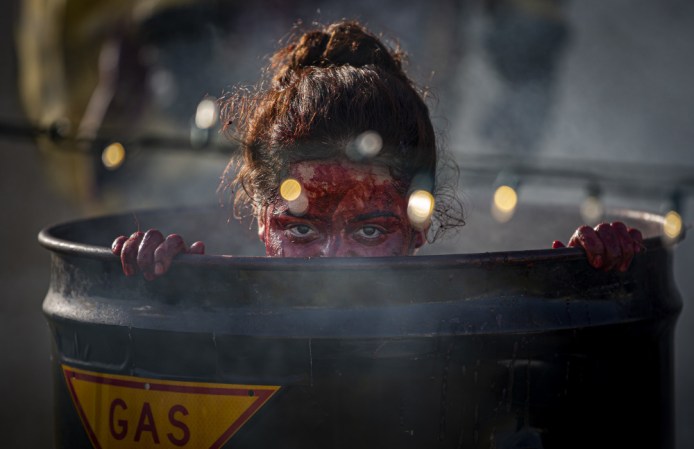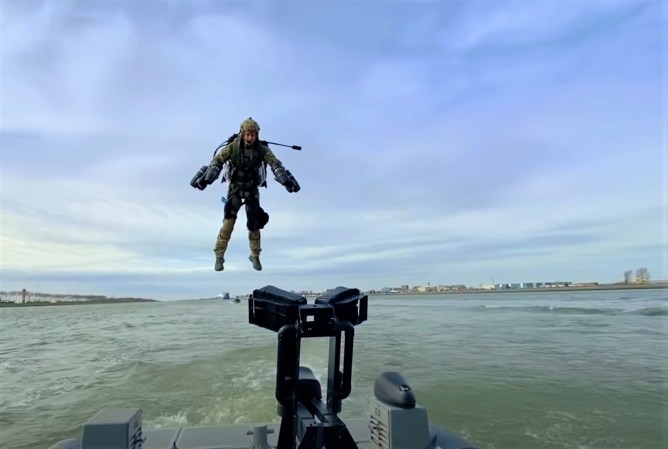In terms of technological advancement on the battlefield, World War II oversaw a complete transition from the fighting of the 19th century to the advanced mechanized warfare of the future. By the end of the war, the world would reach the atomic age. At the war’s start, however, the armies of Europe and Asia were still using cavalry and horses.
That doesn’t mean the horse-mounted units weren’t effective. The opposite is actually true, and the most efficient uses of cavalry came on World War II’s Eastern Front, in Poland and later the Soviet Union.
After launching Operation Barbarossa, the invasion of the Soviet Union in 1941, the Germans made sweeping advances into Soviet territory, inflicting heavy damage on the Red Army and capturing hundreds of thousands of Soviet troops.
Then, the German soldiers brutalized those prisoners of war. The advance also took a heavy toll on Soviet civilians. When the Germans were defeated at Stalingrad in 1943 and forced to fall back, the Red Army made sure the German soldiers paid a heavy price for all of their transgressions.
A trademark of the German invasion was the constant encirclement, capture or defeat of entire Soviet divisions. When it came time to make an envelopment of their own, the communist troops would give Hitler’s soldiers a taste of their own medicine.
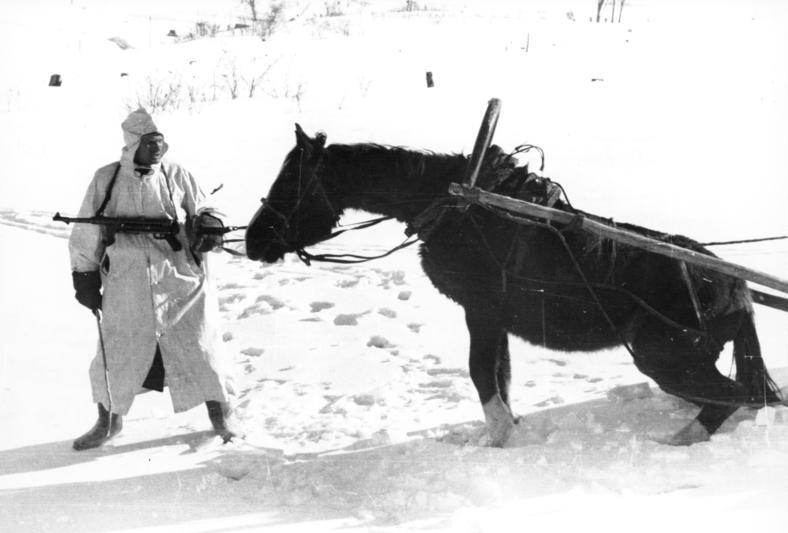
By Fall 1943, the German Army was pushed all the way back to what is today Ukraine, after coming within 100 miles of taking the Soviet capital of Moscow. German Field Marshal Erich von Manstein’s Army Group South fell back to the Dnieper River, where the Germans were supposed to have constructed a series of fortifications in case the invasion failed.
These fortifications were supposed to have been built for the situation they now found themselves in. Except the fortifications had never been built. The Germans were forced back further and the Soviets were coming right for them.
The German 8th Army reformed a 62-mile front, with the town of Korsun in its center. The Germans were low on supplies, ammunition, and pretty much anything else needed to fight a war. The Russians, on the other hand, were flush with fresh troops and American-made equipment and vehicles.
By early February, Russian Field Marshal Georgy Zhukov decided he would use the same tactic he used to crush the German 6th Army at Stalingrad, a double envelopment. Just four days after the attack began, the envelopment of the German 8th began to form around Korsun. The move was much worse than the Germans originally thought – the Red Army had formed a double envelopment, the Korsun Pocket.
Relief to the pocket was hampered by both the weather and by German dictator Adolf Hitler. Hitler ordered German forces outside the pocket to try to encircle the Red Army instead of helping the pocket simply break out. Then the weather turned unseasonably warm, turning the roads from frozen dirt to mud.

The Germans were barely able to move and the Korsun Pocket was soon whittled down to just seven square miles. The Wehrmacht had to break out or be destroyed and without orders from Hitler, made the attempt on Feb. 16, three weeks into the battle.
But the Soviets were ready for the attempt, and brought every tank and gun they could to stem the German breakout. As the Germans advanced, the Soviet brought T-34 tanks into their formation, driving over hundreds of infantrymen. Then the Cossacks attacked.
Horse-mounted cavalry armed with sabers poured into the German defenders, and as they broke and ran for the safety of nearby hills and streams, they were literally cut down by the Cossack cavalry. Those who tried to surrender with their hands raised in the air found their hands lopped off.
For three hours, the heavy horsemen hunted the Germans. 20,000 were killed in the Korsun Pocket fighting and 8,000 were eventually taken prisoner.








